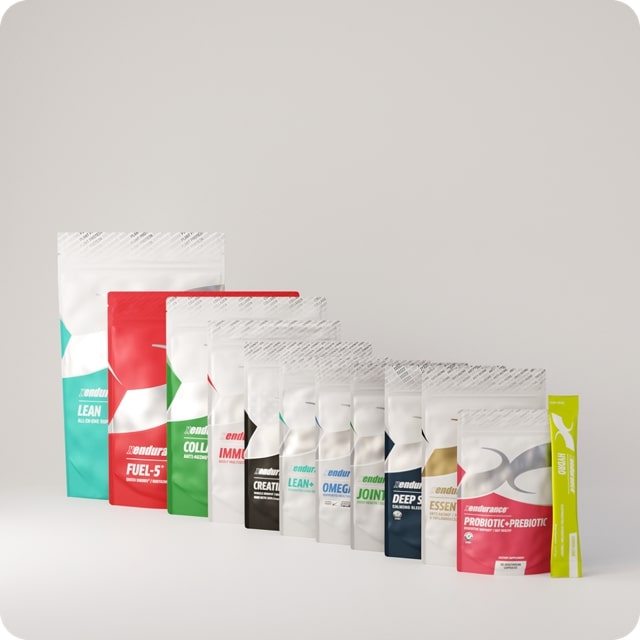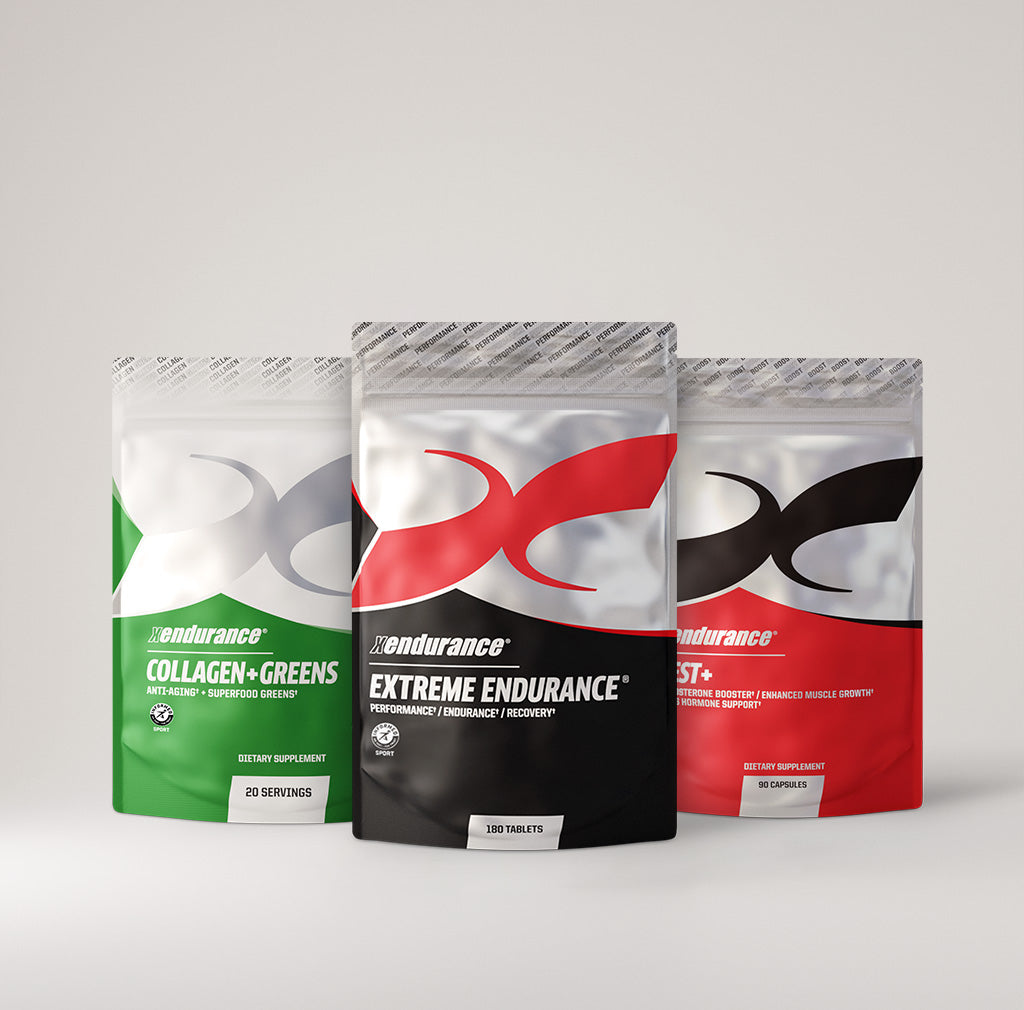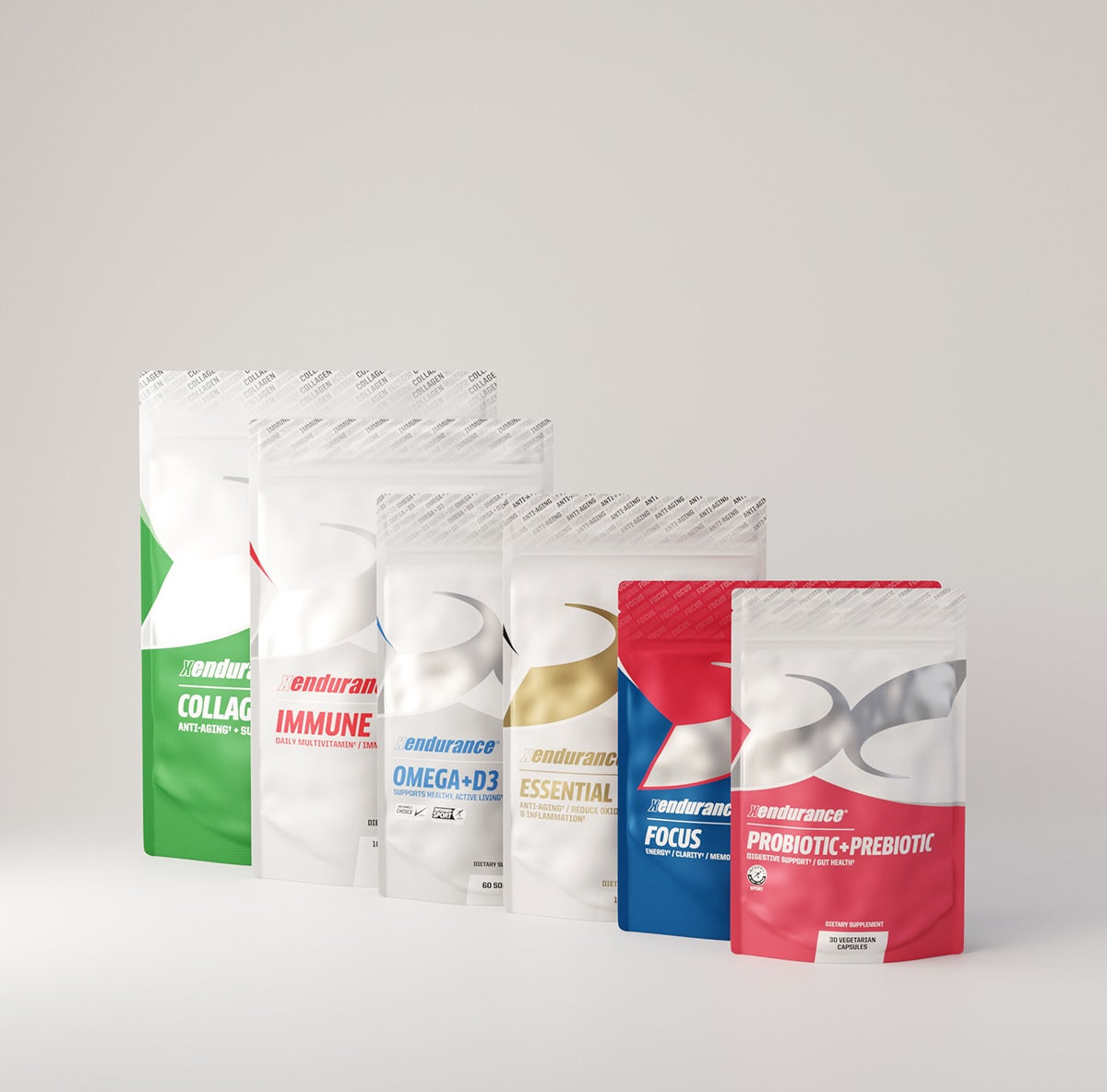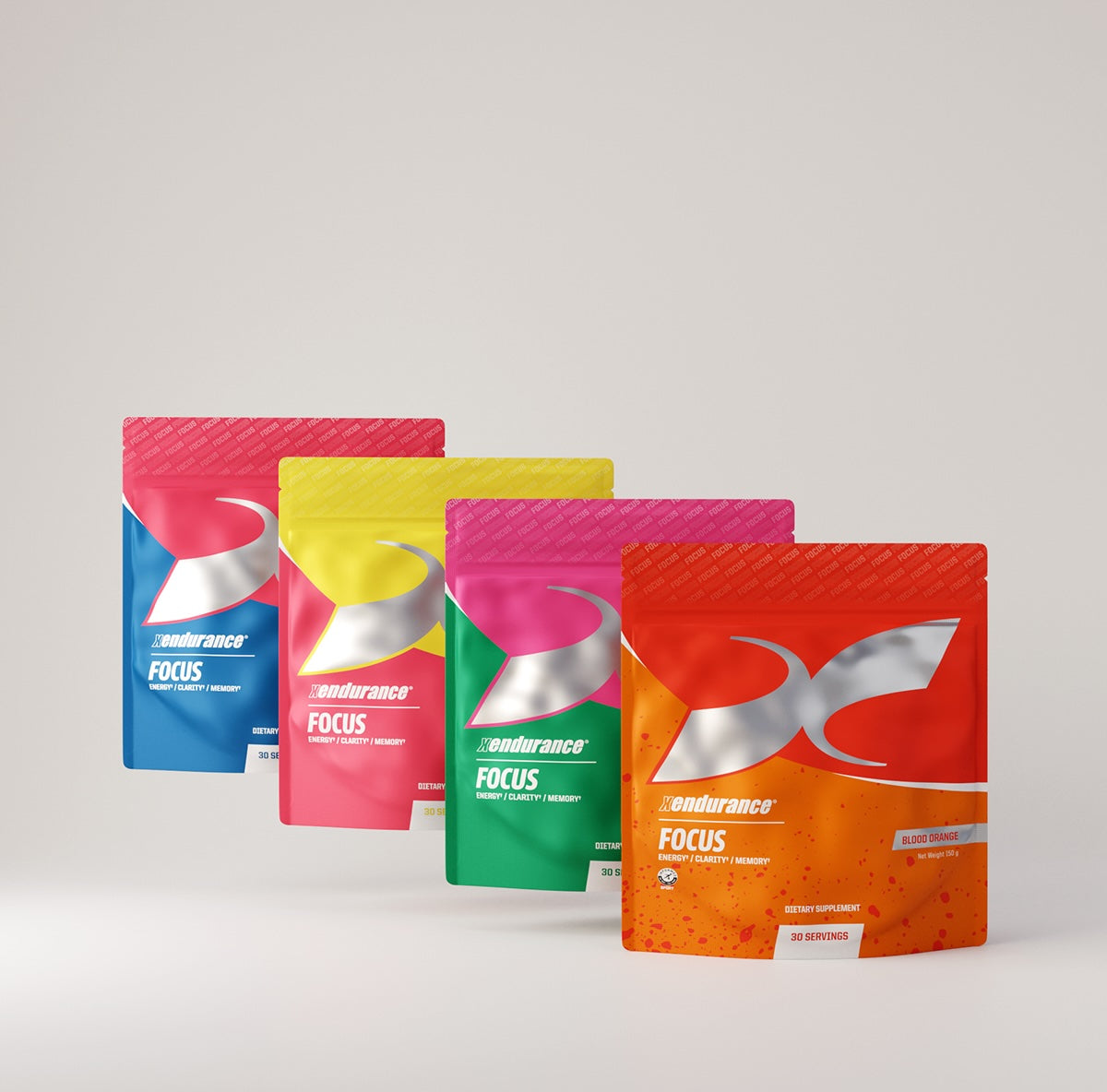In recent years, the beauty industry has been saturated with buzzwords like "clean," "green," and "non-toxic." While these terms might sound synonymous, they each hold distinct meanings. As consumers become more conscious of the products they apply to their skin, understanding these differences is paramount. Backed by science, let's unravel the definitions of these terms and provide tips for navigating the beauty aisle with confidence.
1. Clean Beauty:
Definition: Clean beauty is a broad term, often referring to products formulated without specific potentially harmful ingredients. It doesn’t have a strict industry-wide definition, which can lead to variability among brands.
Science Says: Clean beauty products typically omit ingredients like parabens, sulfates, phthalates, and synthetic fragrances. Research has shown that some of these ingredients might be associated with health concerns. For example, a study in the Journal of Applied Toxicology indicated that parabens could penetrate the skin and remain within tissue. While the health implications are still debated, many prefer to avoid such ingredients.
What Are Some Common Ingredients Found in Skincare That Are Considered Clean Beauty?
"Clean beauty" has become a sought-after term in the cosmetics industry, signifying products that avoid certain potentially harmful ingredients. The criteria for what constitutes "clean" can vary between brands and retailers, but some ingredients are widely accepted in the realm of clean beauty. Here are 10 common ingredients found in skincare products that are generally considered part of the clean beauty movement:
- Hyaluronic Acid: A molecule that can retain over 1,000 times its weight in water, it's often used to hydrate the skin.
- Niacinamide (Vitamin B3): This ingredient offers multiple benefits including reducing the appearance of pores, balancing oil production, and combating signs of aging.
- Vitamin C: An antioxidant that helps in skin brightening and reducing the appearance of dark spots. It also supports collagen production, promoting skin elasticity.
- Squalane: Historically derived from shark liver, clean beauty standards use squalane sourced from plants like olives and sugarcane. It’s an excellent moisturizer.
- Peptides: Short chains of amino acids that act as building blocks of proteins like collagen, peptides are used for their anti-aging benefits.
- Aloe Vera: A plant extract known for its soothing and moisturizing properties, it's often used in products for sensitive or irritated skin.
- Green Tea Extract: Rich in antioxidants, especially epigallocatechin gallate (EGCG), green tea extract can help neutralize harmful free radicals, reduce inflammation, and soothe the skin.
- Jojoba Oil: Technically a wax ester, jojoba oil is similar to human sebum, making it a moisturizing ingredient suitable for a variety of skin types.
- Ceramides: Lipids that help form the skin's barrier and help skin retain moisture. They also protect against environmental aggressors like irritants, and pollution.
- Glycerin: A natural humectant, glycerin attracts water to the skin, helping to keep it hydrated and soft.
When shopping for clean beauty products, it's essential to understand that the term "clean" isn't universally defined. Thus, while these ingredients are widely accepted in clean beauty, always read labels and research brands to ensure their standards align with your own definition of "clean."
Shopping Tip: Look at ingredient lists and be wary of the term "fragrance" or "parfum" – it can be a catch-all for undisclosed chemicals. Brands genuinely dedicated to clean beauty will be transparent about their formulations.
2. Green Beauty:
Definition: Green beauty focuses on environmentally-friendly products, both in terms of ingredients and packaging.
Science Says: A report by the Environmental Working Group (EWG) highlighted the environmental impacts of personal care products. It discussed how the beauty industry contributes to environmental issues through the use of unsustainable ingredients and excess plastic packaging.
Products that adhere to green beauty principles might use bio-based, sustainable ingredients like plant-derived squalane instead of shark-derived squalane. They might also adopt eco-friendly packaging, like glass or recycled materials, to reduce plastic waste.
What Are Some Common Ingredients Found in Skincare That Are Considered Green Beauty?
Green beauty emphasizes sustainability and environmental responsibility in both ingredients and packaging. While the definition of "green beauty" can be broad and varies across brands, here are ten ingredients frequently found in skincare products that align with the green beauty ethos:
- Aloe Vera: A renewable resource that requires minimal water to grow, aloe vera is cherished for its moisturizing and soothing properties.
- Shea Butter: Typically harvested in Africa, shea butter is a rich emollient that can be sourced sustainably and benefits local communities.
- Argan Oil: Derived from the kernels of the argan tree, this oil is often produced through eco-friendly processes that support Moroccan women's co-operatives.
- Tea Tree Oil: Extracted from the leaves of the tea tree, this ingredient is known for its antimicrobial and anti-inflammatory properties. The trees are fast-growing, making it a renewable source.
- Seaweed and Algae: These marine ingredients are abundant and renewable. They're often used for their skin-nourishing properties, rich in antioxidants, minerals, and amino acids.
- Rosehip Oil: Extracted from the seeds of wild rose bushes, rosehip oil is a sustainable ingredient known for its skin rejuvenating qualities, rich in essential fatty acids and vitamin A.
- Witch Hazel: Often wildcrafted sustainably, witch hazel is a botanical extract known for its skin-soothing and astringent properties.
- Lavender Oil: Lavender is a rapidly renewable resource. Its oil offers both aromatic and skin-soothing benefits.
- Bamboo Extract: Bamboo is one of the fastest-growing plants on earth. It's used in skincare for its silica content, which can help improve skin health and elasticity.
- Cocoa Butter: A byproduct of chocolate production, cocoa butter can be sustainably sourced, providing moisturizing benefits to the skin.
When looking for green beauty products, it's not just about the ingredients. The packaging, production process, and brand ethics play a significant role. Look for products housed in recyclable or biodegradable packaging, and brands that commit to sustainable sourcing and fair-trade practices. Checking for certifications, like Ecocert or Fair Trade, can offer additional assurance of a product's green credentials.
Shopping Tip: Check if the product has certifications like Ecocert, USDA Organic, or COSMOS. These can give insight into the sustainability practices of the brand. Also, look for mentions of recyclable or biodegradable packaging.

3. Non-Toxic Beauty:
Definition: Non-toxic beauty implies that products are free from ingredients that are known to be toxic or harmful to human health. However, the term is not regulated, leading to potential misuse.
Science Says: The toxicity of an ingredient often depends on its concentration and usage. For example, formaldehyde is a known carcinogen, but it's also a natural byproduct of certain cosmetic preservatives in tiny amounts. The International Agency for Research on Cancer (IARC) has classified formaldehyde as a human carcinogen, but in cosmetics, it's often present in minuscule, non-harmful concentrations.
What Are Some Common Ingredients Found in Skincare That Are Considered Non-Toxic Beauty?
"Non-toxic beauty" refers to products formulated without ingredients that are believed to be harmful or pose a risk to human health. The term, however, is not strictly regulated, so the definition might vary across brands and entities. Here are ten ingredients commonly found in skincare products that are generally considered part of the non-toxic beauty realm:
- Aloe Vera: Known for its soothing properties, aloe vera is a common non-toxic ingredient that helps to calm irritated skin and provide hydration.
- Jojoba Oil: A plant-derived oil that closely mimics the skin's natural sebum, making it an excellent moisturizer suitable for many skin types.
- Vitamin E (Tocopherol): A powerful antioxidant, Vitamin E helps combat free radicals, protects the skin from environmental stressors, and provides moisturizing benefits.
- Hyaluronic Acid: Naturally found in the skin, hyaluronic acid is prized for its hydrating properties as it can retain a significant amount of water, helping to plump and moisturize the skin.
- Shea Butter: A plant-based emollient, shea butter is known for its deep moisturizing properties, making it a popular ingredient in creams and lotions.
- Chamomile: Renowned for its calming and anti-inflammatory benefits, chamomile is often found in products formulated for sensitive skin.
- Green Tea Extract: Packed with antioxidants, particularly epigallocatechin gallate (EGCG), green tea extract helps neutralize free radicals and can reduce inflammation.
- Zinc Oxide: A mineral often used in physical sunscreens, zinc oxide provides broad-spectrum UV protection without the potential risks associated with some chemical sunscreen ingredients.
- Squalane: Derived from plants like olives, squalane is a hydrating ingredient that also has antioxidant properties.
- Rose Water: Used for its soothing and toning properties, rose water can help calm the skin and maintain its pH balance.
When shopping for non-toxic beauty products, it's essential to remember that "non-toxic" doesn't necessarily mean "natural" or "organic." Some synthetic ingredients can be considered non-toxic. Always research the brand, read ingredient lists, and look for certifications or endorsements from reputable organizations to ensure you're making informed choices.
Shopping Tip: For genuine non-toxic beauty products, look for certifications such as "Made Safe" or endorsements from organizations like EWG. They rigorously assess products for potential toxicants. An up-and-coming certification for banned substances is the Informed-Sport Certification with one skincare line, SKIN By XND joining forces to provide safety from over 1200 banned substances.
Navigating the Beauty Aisle: Practical Tips:
- Educate Yourself on Ingredients: Knowledge is power. Familiarize yourself with common ingredients and their potential effects. Websites like EWG’s Skin Deep database can provide valuable insights.
- Be Skeptical of Marketing Claims: Remember that terms like "natural" or "chemical-free" aren't regulated and can be misleading. Even natural ingredients can be harmful in certain contexts. For instance, poison ivy is natural, but you wouldn't want it in your skincare!
- Patch Test: Regardless of the label, always do a patch test when trying a new product. This can help ensure you won’t have an allergic or irritant reaction.
- Check Brand Transparency: Brands committed to clean, green, or non-toxic principles will usually be transparent about their sourcing, manufacturing, and formulation practices. Their websites might offer comprehensive information or even reports on their environmental and health commitments.
- Consult Professionals: If in doubt, consult with dermatologists or skincare professionals who can provide guidance tailored to your specific concerns and needs.
Navigating Skincare with Confidence: The Last Word on Clean, Green, and Non-Toxic
The beauty industry, like many others, evolves with societal awareness and scientific discoveries. "Clean," "green," and "non-toxic" are more than just buzzwords; they reflect a consumer shift towards products that are perceived as safe for both humans and the planet.
However, given the variability in definitions and potential for marketing spin, it's essential for consumers to educate themselves and approach beauty shopping with a discerning eye. By understanding the science behind these terms and using practical shopping tips, you can make informed decisions that align with your personal values and skincare needs.









Leave a comment
This site is protected by hCaptcha and the hCaptcha Privacy Policy and Terms of Service apply.